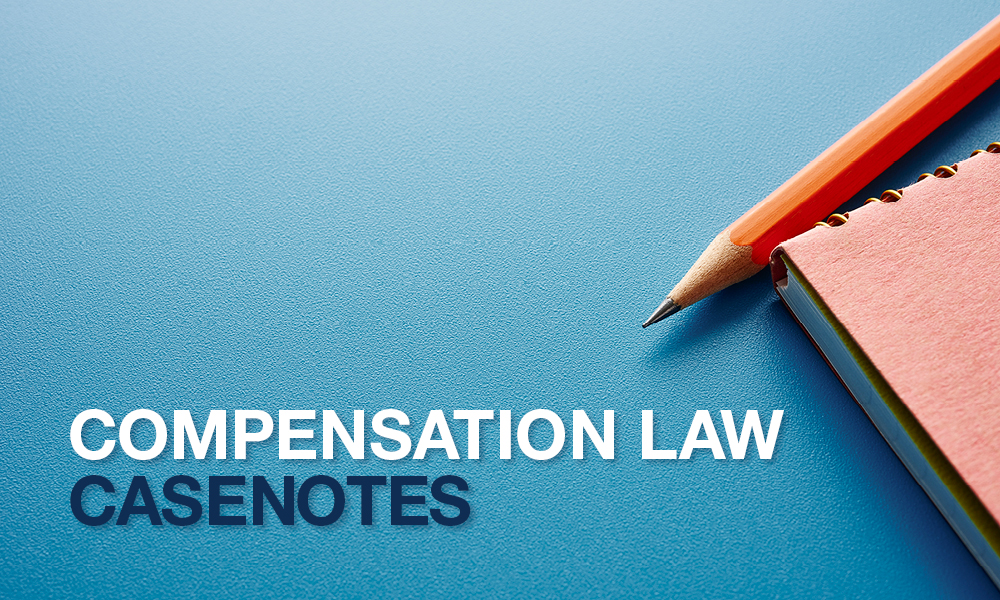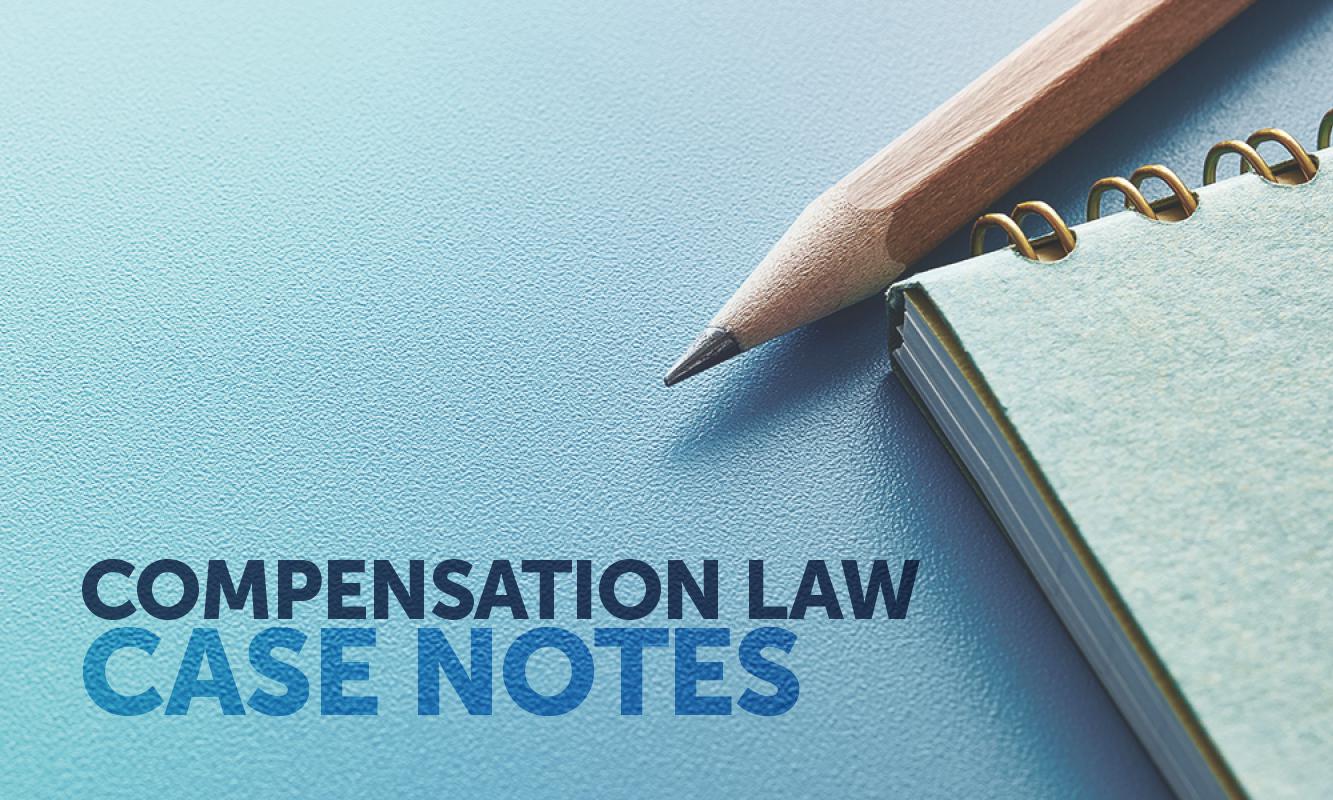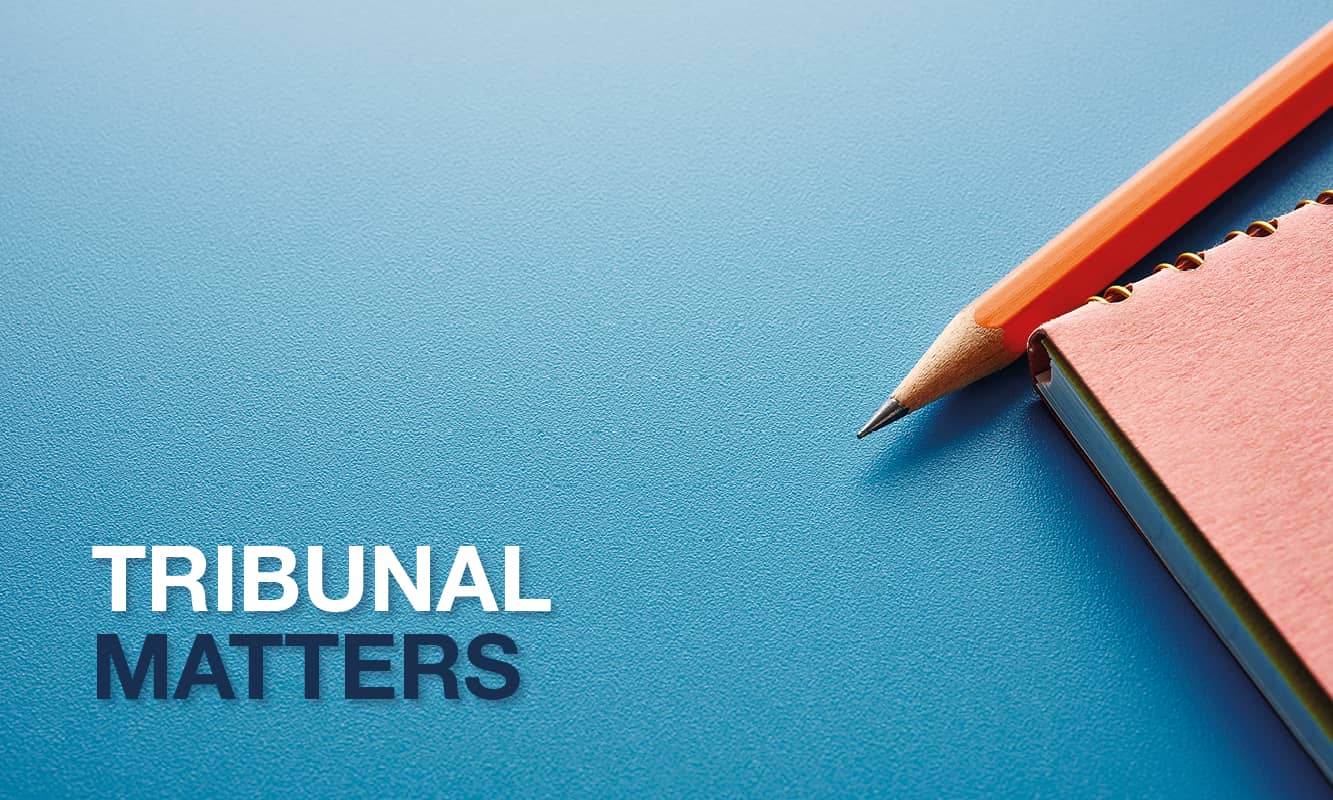In January 2011, the appellant fell from her horse while competing in a campdraft event organised by the respondent (the association).
In the accident, the appellant suffered a significant spinal injury. She brought an action in negligence for damages against the association. The appellant’s claim was dismissed by the primary judge, and that decision was upheld by a majority of the New South Wales Court of Appeal.
The appeal to the High Court concerned two issues: whether the appellant had established that the association failed to take reasonable precautions against the risk of injury (and whether such a breach was a cause of her injuries); and secondly, if liability were otherwise established, whether her injuries resulted from the materialisation of an ‘obvious risk’ such that section 5L of the Civil Liability Act 2002 (NSW) (the Act) operated, to deny liability on the part of the association.
Decision
- Appeal allowed with costs.
- Verdict and judgment for the plaintiff in the agreed amount of $6,750,000.
Ratio
It was the appellant’s case that her horse fell because of deterioration in the surface of the arena leading up to her ride. She alleged that the association, by allowing the event to continue in these circumstances, breached its duty to take reasonable care for her safety.
Conversely, the association claimed that it had not breached its duty, that any breach had not caused the appellant’s injuries, and that the appellant’s injuries were the result of the materialisation of an obvious risk.
There was no dispute in the Court of Appeal or in the High Court that the appellant was engaged in a dangerous recreational activity, namely campdrafting. The issue was whether there was a risk of that activity that was obvious and that materialised.
Characterising the relevant risk
The majority (Gordon, Edelman and Gleeson JJ) discussed the appropriate characterisation of the relevant risk of injury in the context of section 5L. Four factors were identified that must guide the reasoning process when correctly characterising the risk of injury:
- Contrary to some views that have been expressed in the New South Wales Court of Appeal, the ‘risk’ with which section 5L is concerned will usually need to be assessed after a determination that there is prima facie liability for negligence.
- The section 5L risk should be characterised at the same level of generality as the risk is characterised in the course of assessing whether the defendant has breached a duty of care.
- The generality at which the risk in section 5L is stated should include the same facts as established the risk, for the purposes of the breach of duty which caused the harm to the plaintiff, but no more.
- Consequently, the characterisation of the risk does not need to descend to the precise detail of the mechanism by which an injury was suffered, if that detail is unnecessary to establish a breach of duty.
Proper characterisation of risk in this case
The trial judge had dealt with the section 5L defence before considering breach of duty and, in doing so, had characterised the risk for the purposes of section 5L as “the risk of falling and being injured” or, alternatively, as the risk “that the horse would fall and as a consequence of that, [the appellant] would fall and be injured”.
Her Honour then further characterised the risk, with more particularity, as “the risk of falling from the horse and suffering an injury whilst competing in a campdraft competition, given the complexities and risks inherent in and associated with that activity”.
The majority considered that the trial judge’s approach was “far too broad” and the way in which she had characterised the risk was at too high a level of generality. Further, her characterisation did not include the essential facts that constituted the alleged breach of duty.
The majority considered that (consistently with the essential facts that established the risk for the purposes of the breach of duty) the risk in this case should be characterised as the “substantially elevated risk of physical injury by falling from a horse that slipped by reason of the deterioration of the surface of the arena”. It was unnecessary to identify “the way in which … the surface had deteriorated”.
Breach of duty
Once the risk was identified at the correct level of generality, the majority concluded that the factors which the court must consider under s5B(2) of the Act ultimately led to the conclusion. That is, a reasonable person in the position of the association would have taken the immediate precaution of stopping the event, in response to the substantially elevated risk of contestants being injured from falling from a horse that slipped on the deteriorated surface of the arena.
Despite there being four falls prior to the appellant’s fall in addition to a warning from a very experienced contestant, Mr Stanton, as to the ground becoming slippery, the association chose not to stop the event in order to inspect the ground of the arena and to consider its safety.
Accordingly, it was found that the association breached its duty of care by failing to stop the competition in order to inspect the ground and to make “an informed decision … as to whether it was safe to continue with the competition”.
Causation
At trial, the association had conceded that, if the court found “the breach involved a failure to stop the event before [the appellant’s] ride, then it is self-evident that the failure to stop the event was a necessary condition of the harm and the requirements of s5D are met”, because “the accident wouldn’t have happened”.
That concession became contentious in the High Court, as the association submitted that its concession did not apply to the manner in which the appellant ran her case in the Court of Appeal. It was contended that the appellant’s case had shifted from a case at trial, that the reasonable response of a person in the position of the association would have been to ‘stop’ the event, to a case on appeal that the reasonable response would have been to ‘suspend’ the event.
The Court of Appeal did not see any distinction between the appellant’s pleaded case at trial, that the association should have stopped the event, and her ground of appeal that the association should have suspended the event. The Court of Appeal used ‘stopped’ and ‘suspended’ interchangeably throughout its judgment.
The majority in the High Court held that any consideration as to whether the appellant’s fall would have occurred if the competition had been stopped before she competed (and resumed so that she had competed the next day), must be assessed on the basis that the association would have stopped the event in order to inspect the ground of the arena and to consider whether it was safe.
In any event, the majority considered that it would be “unjust to absolve” the association “from legal responsibility for [the] injuries by allowing decisive weight to hypothetical and problematic considerations of what could have happened … in conditions of great variability”.
It was held that the association’s concession as to causation was properly made and it was not permitted to resile from it.
Was the risk obvious?
For three reasons, the majority held that the relevant risk of injury would not have been obvious to a reasonable person in the appellant’s position:
- the appellant did not have the opportunity to examine the condition of the ground at all during the campdraft
- a reasonable person in the appellant’s position would not have had any concerns about the condition of the ground from observations of other contestants or information about other contestants
- A reasonable person in the position of the appellant, would have relied upon the association to make appropriate decisions concerning the quality of the ground (consistently with the association’s ‘Rule Book’).
The appeal was allowed with costs.
This compensation law casenote appears courtesy of Travis Schultz & Partners (TSP), where Jemma Barnard is an Associate. As part of the firm’s commitment to providing ongoing legal education, TSP practitioners review relevant judgments and prepare case summaries for the legal profession. A free searchable catalogue of compensation law casenotes is available at schultzlaw.com.au/case-summaries (registration required). The full version of the judgments can be found at austlii.edu.au.













Share this article